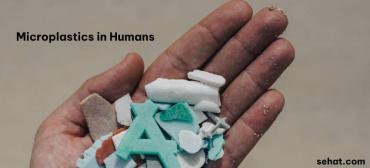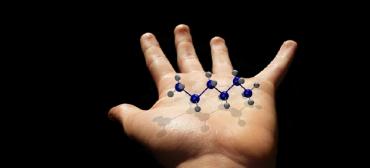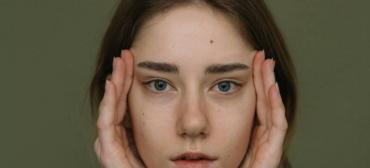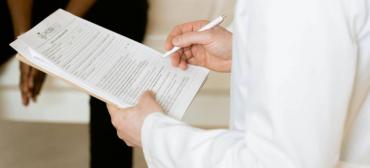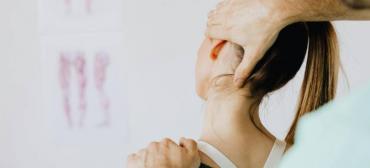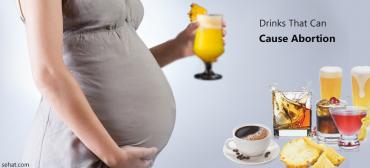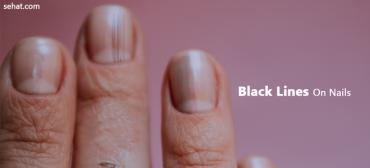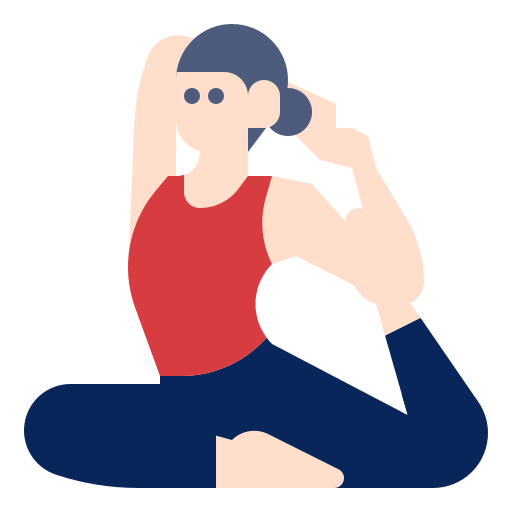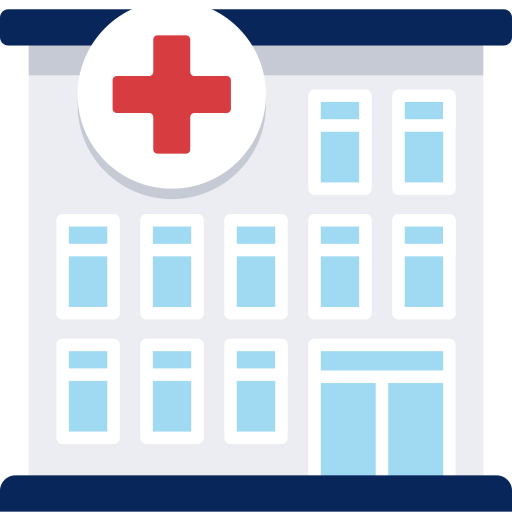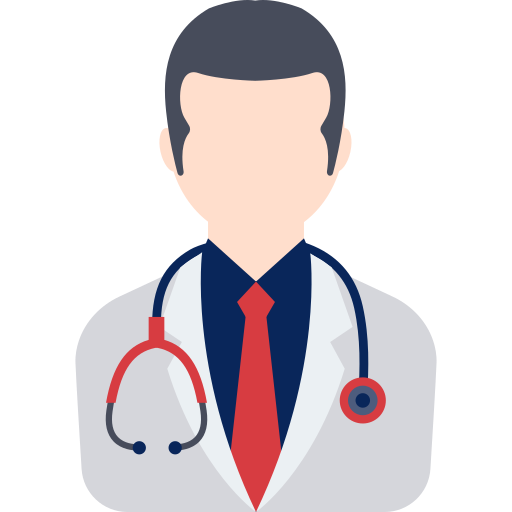Scoliosis
What is scoliosis?
| |
| Click Image to Enlarge |
A normal spine, when viewed from behind, appears straight. However, a spine affected by scoliosis shows evidence of a lateral, or side-to-side curvature, with the spine looking like an "S" or "C" and a rotation of the back bones (vertebrae), giving the appearance that the person is leaning to one side. According to the Scoliosis Research Society, scoliosis is defined as a curvature of the spine measuring 10 degrees or greater.
Scoliosis is a type of spinal deformity and shouldn't be confused with poor posture.
Spinal curvature from scoliosis may occur on the right or left side of the spine, or on both sides in different sections. Both the thoracic (mid) and lumbar (lower) spine may be affected by scoliosis.
What causes scoliosis?
| |
| Click Image to Enlarge |
In more than 80 percent of cases, the cause of scoliosis is unknown—a condition called idiopathic scoliosis. In other cases, scoliosis may develop as a result of degeneration of the spinal discs, as seen with arthritis, osteoporosis, or as a hereditary condition that tends to run in families.
The abnormal curves of the spine are classified according to their cause, including the following:
-
Nonstructural scoliosis (also called functional scoliosis). In this condition, a structurally normal spine appears curved due to one or more underlying conditions (for example, difference in leg length, an inflammatory condition, etc.). This type of scoliosis is generally temporary and is often relieved when the underlying condition is treated.
-
Structural scoliosis. The possible causes of structural scoliosis are numerous, including:
-
Of unknown origin (idiopathic structural scoliosis)
-
Disease (for example, neuromuscular, metabolic, connective tissue, or rheumatoid disease)
-
Birth defect
-
Injury
-
Infection
-
Abnormal growth
-
What are the symptoms of scoliosis?
The following are the most common symptoms of scoliosis. However, each individual may experience symptoms differently. Symptoms may include:
-
Difference in shoulder height
-
The head isn't centered with the rest of the body
-
Difference in hip height or position
-
Difference in shoulder blade height or position
-
When standing straight, difference in the way the arms hang beside the body
-
When bending forward, the sides of the back appear different in height
Back pain, leg pain, and changes in bowel and bladder habits aren't commonly associated with idiopathic scoliosis. A person experiencing these types of symptoms requires immediate further medical evaluation by a physician.
The symptoms of scoliosis may resemble other spinal conditions or deformities, or may be a result of an injury or infection. Always consult your physician for a diagnosis.
How is scoliosis diagnosed?
In addition to a complete medical history and physical examination, X-rays (a diagnostic test which uses invisible electromagnetic energy beams to produce images of bones on to film) are the primary diagnostic tool for scoliosis. In establishing a diagnosis of scoliosis, the physician measures the degree of spinal curvature on the X-ray.
The following other diagnostic procedures may be performed for nonidiopathic curvatures, atypical curve patterns, or congenital scoliosis:
-
Magnetic resonance imaging (MRI). A diagnostic procedure that uses a combination of large magnets and a computer to produce detailed images of organs and structures within the body.
-
Computed tomography (CT) scan. This diagnostic imaging procedure uses a combination of X-rays and computer technology to produce horizontal, or axial, images (often called slices) of the body. A CT scan shows detailed images of any part of the body, including the bones, muscles, fat, and organs. CT scans are more detailed than general X-rays.
Early detection of scoliosis is most important for successful treatment.
How is scoliosis treated?
Specific treatment of scoliosis will be determined by your physician based on:
-
Your age, overall health, and medical history
-
The underlying cause of the scoliosis
-
Extent of the condition
-
Your tolerance for specific medications, procedures, or therapies
-
Expectations for the course of the condition
-
Your opinion or preference
The goal of treatment is to stop the progression of the curve and prevent deformity. Treatment may include:
-
Observation and repeated examinations. Observation and repeated examinations may be necessary to determine if the spine is continuing to curve, and are used when a person has a curve less than 25 degrees and is still growing.
-
Bracing. Bracing may be used when the curve measures more than 25 to 30 degrees on an X-ray, but skeletal growth remains. It may also be necessary if a person is growing and has a curve between 20 and 29 degrees that isn't improving. The type of brace and the amount of time spent in the brace will depend on the severity of the condition.
-
Surgery. Surgery may be recommended when the curve measures 45 degrees or more on an X-ray and bracing isn't successful in slowing down the progression of the curve when a person is still growing.
According to the National Institute of Arthritis and Musculoskeletal and Skin Diseases, there's no scientific evidence to show that other methods for treating scoliosis (for example, chiropractic manipulation, electrical stimulation, nutritional supplementation, and exercise) prevent the progression of the disease.
Related Questions
Brain stem tuberculoma
- 3564 Days ago
- Brain Tumor - Brain & Nervous System
Movement disorders
- 3602 Days ago
- Brain & Nervous System
Changes in mood
- 3614 Days ago
- Autism - Brain & Nervous System
facial paralysis
- 4227 Days ago
- Brain & Nervous System
Steroids
- 3943 Days ago
- Brain & Nervous System
Pitutary tumour
- 4153 Days ago
- Brain & Nervous System

